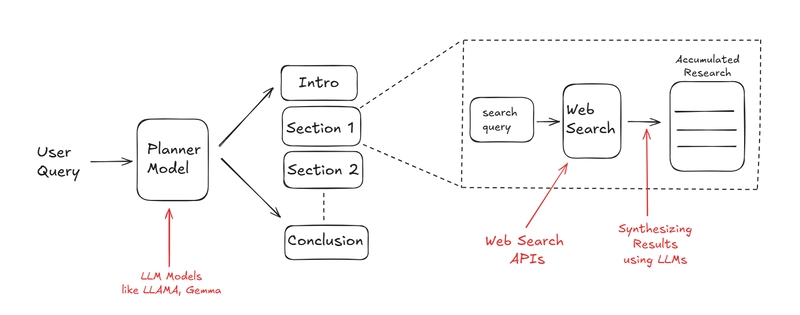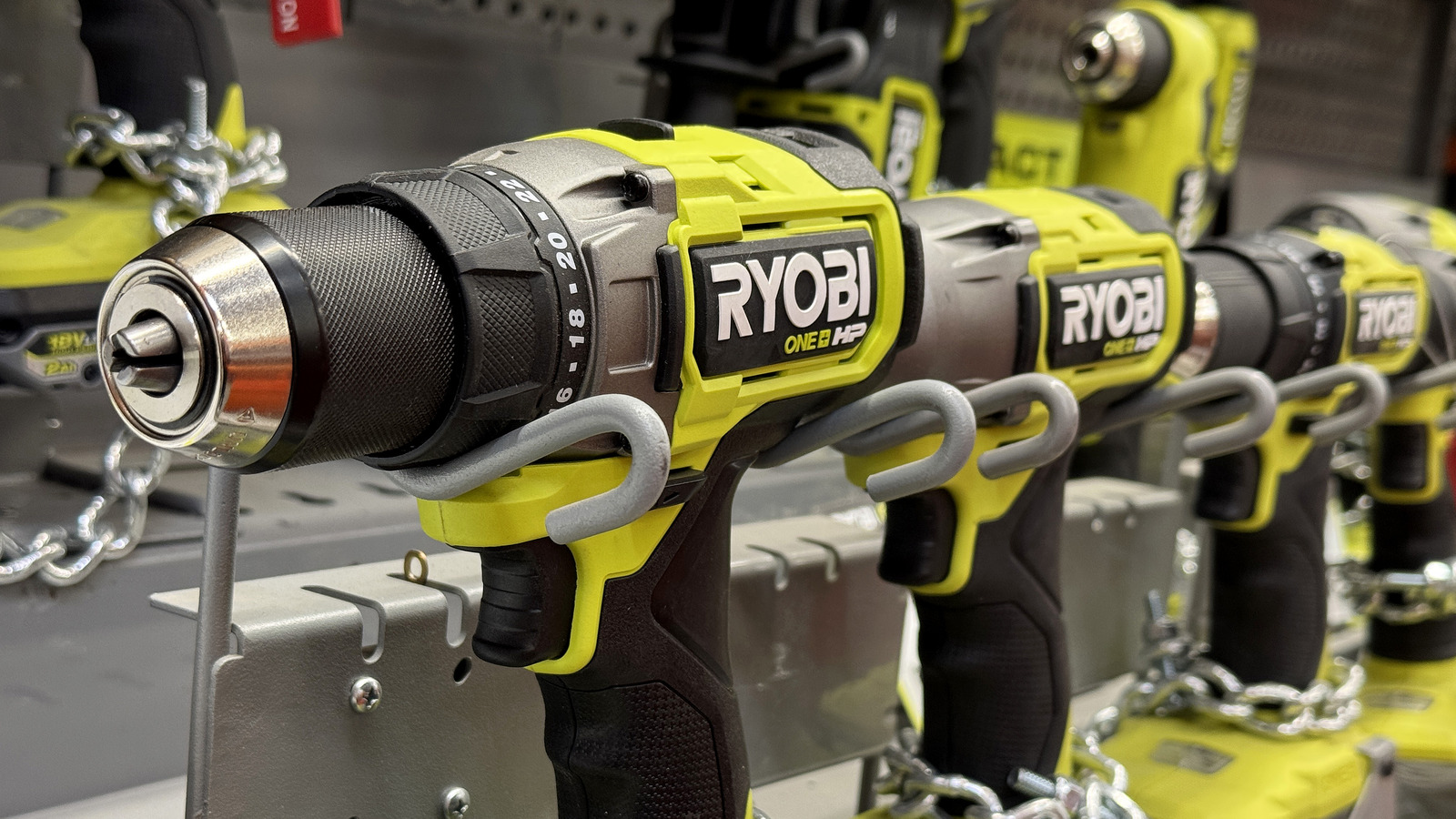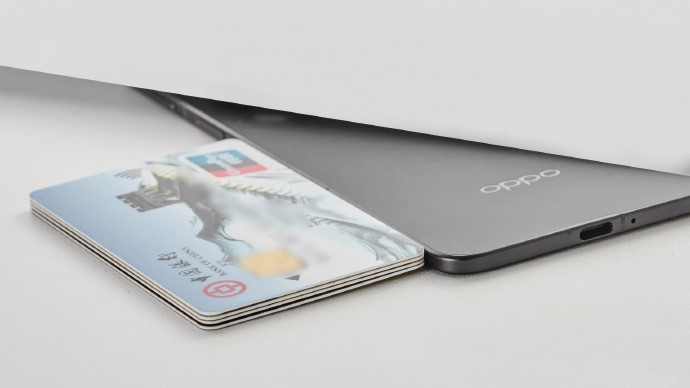Buying a laptop before China tariffs kick in? DON’T fall for these tricks!
If you’re in the market for new consumer electronics—like laptops—then you might be worried about the tariffs being imposed by the United States on imports from numerous foreign countries. As of this writing, most of the tariffs are currently on pause, but the tariffs on China are not. This could be bad news if you’re shopping for a laptop, as many laptops are assembled in China. And right now, the current tax on Chinese imports could go as high as 125 percent. Unfortunately, some retailers and manufacturers are taking advantage of the situation with subtle tricks to get you buying less-than-worthwhile models. Here’s what you need to avoid and what you should do instead if you need to buy a laptop before tariff price bumps kick in. Trick #1: Suspiciously good sale prices The best-selling laptop on Amazon right now is an unspecified Lenovo IdeaPad that’s being sold by a third-party seller named AZXUT STORE—and this product listing is highly suspicious. It first appeared on Amazon in early April at a price of $1,499, then was cut down to $399. It has since increased to $429, meaning the laptop is listed as “71% off.” It’s also labeled as the “#1 Best Seller” in the Traditional Laptop Computers category. It even lists 32GB of memory and a 1TB solid state drive. With all that, I can’t blame anyone who bought this over the past few days. It looks like a killer deal. But it isn’t. Matt Smith / Foundry The first sign that something’s fishy is the processor. The listing claims that this laptop has an Intel Celeron N4500, a dual-core processor that released in 2021. The Celeron N4500 was among the slowest processors produced by Intel at the time, and today its performance is truly abysmal. According to Geekbench 6, a typical laptop with a Celeron N4500 hits a multi-core score of 731. Meanwhile, Intel’s Core Ultra 120U—a modern chip found in many budget laptops—typically scores about 7,500. To me, this stinks of a scam that’s preying on less knowledgeable folk. The seller, AZXUT STORE, has many recent 1-star reviews. Some customers say the products they received were used, that they didn’t match their respective listings, or that they received nothing at all. I couldn’t find contact information for AZXUT STORE, and the contact button on Amazon’s website directed me to a chatbot. I’ve reached out to Amazon for comment on the situation. Trick #2: Deceptive marketing claims The #1 best-selling laptop on Amazon is plenty suspicious, but it isn’t the only way sellers are looking to pull one over on shoppers. Some are trying to trick buyers by misrepresenting what a laptop can do. Gaming laptops are a particularly deep reservoir of terrible listings. A search for “gaming laptop” on Amazon will surface comically terrible laptops like the ACEMAGIC AX16PRO, NIMO N155, and the… uh… “Gaming Laptop, Laptop Computer, Computer Laptop.” Matt Smith / Foundry The ACEMAGIC, being sold by a company called SMART DEALS WAREHOUSE, is guilty of the first trick mentioned above with a very high listed price of $1,600 that’s discounted down to $500. But it pours salt on the wound with a second trick: it misrepresents itself as a gaming laptop. The listing claims it’s an “ACEMAGIC 2025 Gaming Laptop” and uses generic marketing images with attractive anime characters and race cars, with particular focus on the laptop’s AMD Radeon Vega 8 graphics. As you probably already know, the Vega 8 is the integrated graphics solution included with many AMD Ryzen chips. Not only is it an iGPU, it’s not even the latest iGPU. The Ryzen 5700U on this laptop was launched back in 2021, so its equipped Radeon integrated graphics are a couple generations behind the latest hardware. PC World’s review of the HP Envy x360, a laptop with the same Ryzen 5700U and Radeon Vega 8 graphics, found it achieved a 3Dmark Time Spy score of roughly 1,500. Laptops with the latest integrated graphics from Intel and AMD tend to score at least 3,000 in that test. Can the ACEMAGIC laptop load and play a PC game? Sure. But the experience isn’t going to be any better than what you can get with any other budget or mid-range laptop with integrated graphics. Trick #3: High-pressure sales tactics Vaio, the remnant of the Sony Vaio brand (which Sony sold years ago), was quick to take advantage of the April tariff announcement. The company swiftly sent out a marketing email that urged shoppers to buy a laptop now at “tariff-free” prices before the tariffs went into effect. This trick is a bit less shady than the first two. The laptops that Vaio linked to in the email were no different than the laptops they usually offer, nor did they have marked-up prices or ancient hardware. Still, the email was an obvious scare tactic meant to push consumers into making panic buys, which could lead shoppers into buyer’s remorse. Matt Smith / Foundry Vaio laptops don’t hav

If you’re in the market for new consumer electronics—like laptops—then you might be worried about the tariffs being imposed by the United States on imports from numerous foreign countries.
As of this writing, most of the tariffs are currently on pause, but the tariffs on China are not. This could be bad news if you’re shopping for a laptop, as many laptops are assembled in China. And right now, the current tax on Chinese imports could go as high as 125 percent.
Unfortunately, some retailers and manufacturers are taking advantage of the situation with subtle tricks to get you buying less-than-worthwhile models. Here’s what you need to avoid and what you should do instead if you need to buy a laptop before tariff price bumps kick in.
Trick #1: Suspiciously good sale prices
The best-selling laptop on Amazon right now is an unspecified Lenovo IdeaPad that’s being sold by a third-party seller named AZXUT STORE—and this product listing is highly suspicious.
It first appeared on Amazon in early April at a price of $1,499, then was cut down to $399. It has since increased to $429, meaning the laptop is listed as “71% off.” It’s also labeled as the “#1 Best Seller” in the Traditional Laptop Computers category. It even lists 32GB of memory and a 1TB solid state drive. With all that, I can’t blame anyone who bought this over the past few days. It looks like a killer deal. But it isn’t.
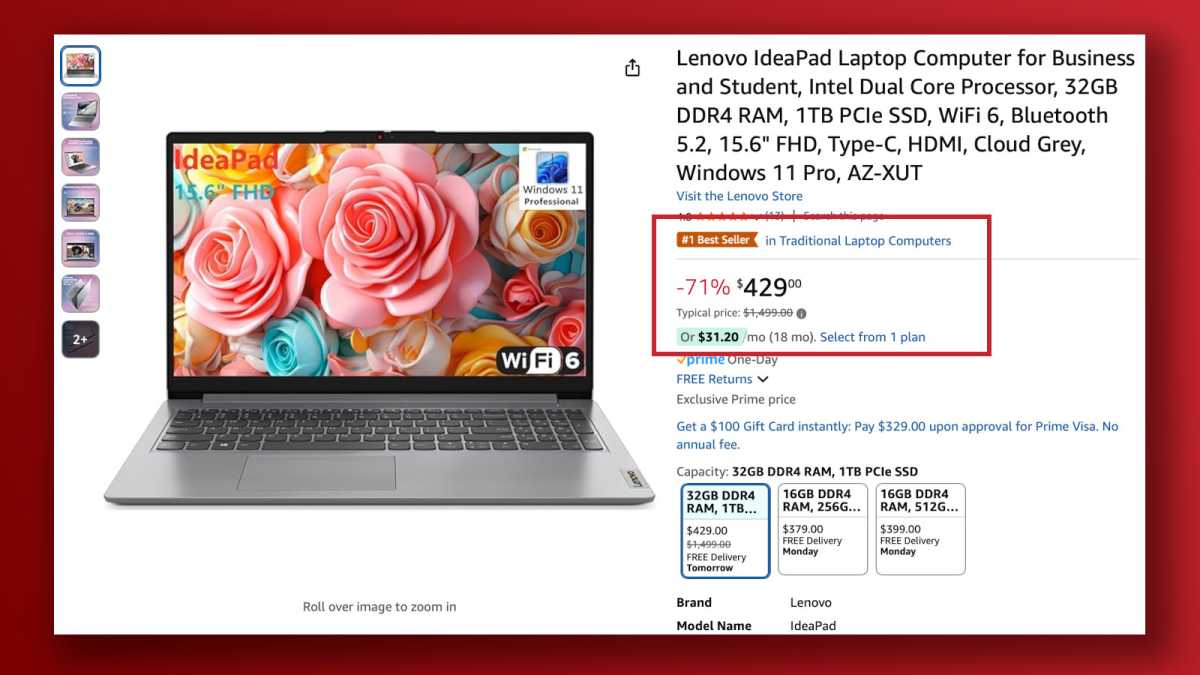
Matt Smith / Foundry
The first sign that something’s fishy is the processor. The listing claims that this laptop has an Intel Celeron N4500, a dual-core processor that released in 2021. The Celeron N4500 was among the slowest processors produced by Intel at the time, and today its performance is truly abysmal. According to Geekbench 6, a typical laptop with a Celeron N4500 hits a multi-core score of 731. Meanwhile, Intel’s Core Ultra 120U—a modern chip found in many budget laptops—typically scores about 7,500.
To me, this stinks of a scam that’s preying on less knowledgeable folk. The seller, AZXUT STORE, has many recent 1-star reviews. Some customers say the products they received were used, that they didn’t match their respective listings, or that they received nothing at all.
I couldn’t find contact information for AZXUT STORE, and the contact button on Amazon’s website directed me to a chatbot. I’ve reached out to Amazon for comment on the situation.
Trick #2: Deceptive marketing claims
The #1 best-selling laptop on Amazon is plenty suspicious, but it isn’t the only way sellers are looking to pull one over on shoppers. Some are trying to trick buyers by misrepresenting what a laptop can do.
Gaming laptops are a particularly deep reservoir of terrible listings. A search for “gaming laptop” on Amazon will surface comically terrible laptops like the ACEMAGIC AX16PRO, NIMO N155, and the… uh… “Gaming Laptop, Laptop Computer, Computer Laptop.”
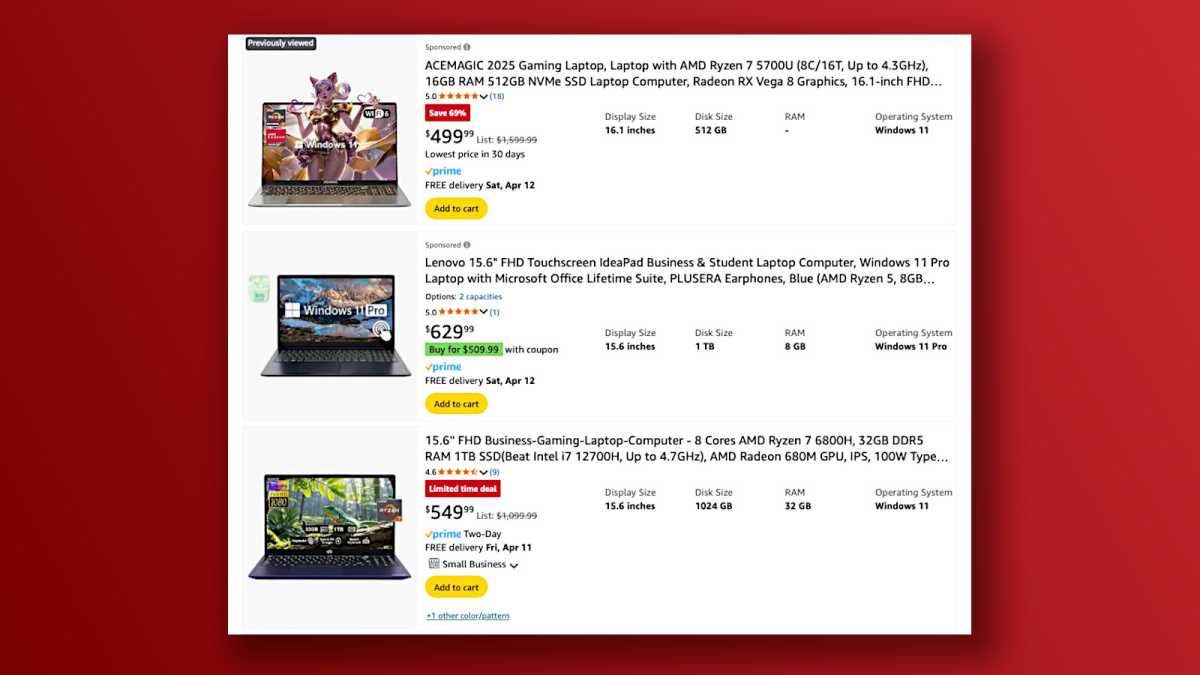
Matt Smith / Foundry
The ACEMAGIC, being sold by a company called SMART DEALS WAREHOUSE, is guilty of the first trick mentioned above with a very high listed price of $1,600 that’s discounted down to $500. But it pours salt on the wound with a second trick: it misrepresents itself as a gaming laptop. The listing claims it’s an “ACEMAGIC 2025 Gaming Laptop” and uses generic marketing images with attractive anime characters and race cars, with particular focus on the laptop’s AMD Radeon Vega 8 graphics.
As you probably already know, the Vega 8 is the integrated graphics solution included with many AMD Ryzen chips. Not only is it an iGPU, it’s not even the latest iGPU. The Ryzen 5700U on this laptop was launched back in 2021, so its equipped Radeon integrated graphics are a couple generations behind the latest hardware.
PC World’s review of the HP Envy x360, a laptop with the same Ryzen 5700U and Radeon Vega 8 graphics, found it achieved a 3Dmark Time Spy score of roughly 1,500. Laptops with the latest integrated graphics from Intel and AMD tend to score at least 3,000 in that test.
Can the ACEMAGIC laptop load and play a PC game? Sure. But the experience isn’t going to be any better than what you can get with any other budget or mid-range laptop with integrated graphics.
Trick #3: High-pressure sales tactics
Vaio, the remnant of the Sony Vaio brand (which Sony sold years ago), was quick to take advantage of the April tariff announcement. The company swiftly sent out a marketing email that urged shoppers to buy a laptop now at “tariff-free” prices before the tariffs went into effect.
This trick is a bit less shady than the first two. The laptops that Vaio linked to in the email were no different than the laptops they usually offer, nor did they have marked-up prices or ancient hardware. Still, the email was an obvious scare tactic meant to push consumers into making panic buys, which could lead shoppers into buyer’s remorse.
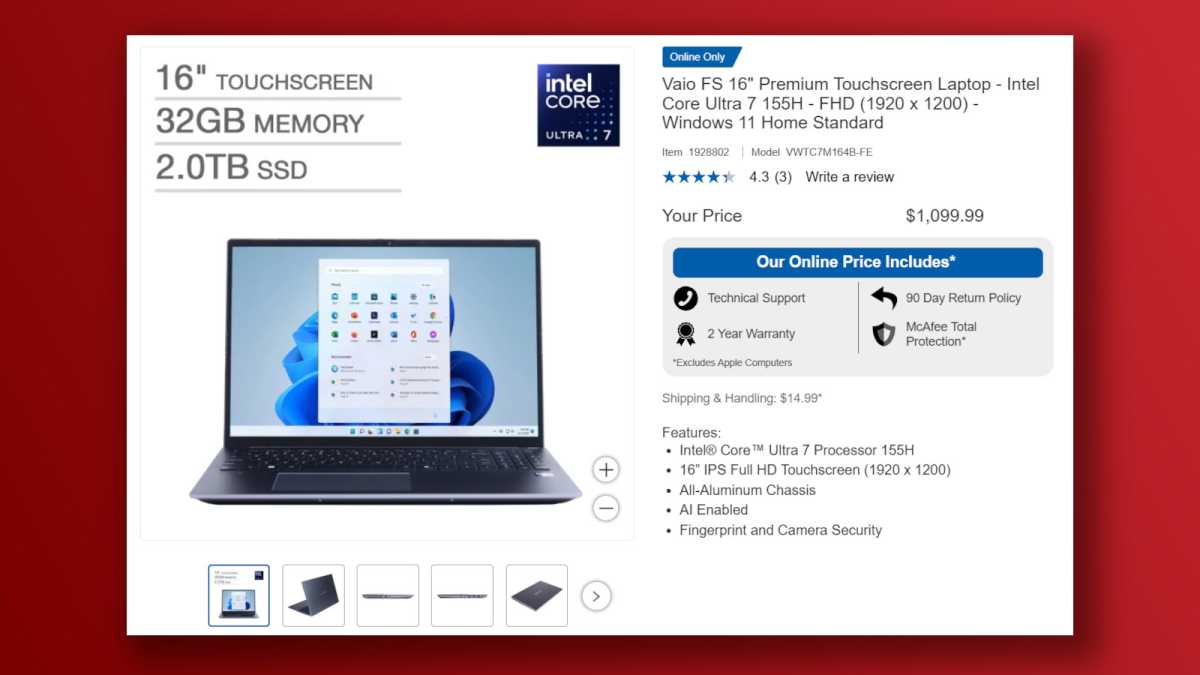
Matt Smith / Foundry
Vaio laptops don’t have a strong presence in the United States. While there’s nothing wrong with the configurations they offer, Vaio laptops are pretty unremarkable. And I’d say they’re on the pricey side, too. A laptop like the Vaio FS—sold for $1,099.99 online via Costco—is a decent laptop, but if you had the chance to look into similar machines, you’d likely find a better deal… like, say, the Asus Vivobook S 16 Flip for $1,069.
Vaio is hardly alone. I’ve received several marketing emails from other companies in the past few days that play up these fears. Plus, Vaio laptops are advertised as “proudly manufactured in Japan,” which is funny since it means Vaio laptops won’t be subject to the steepest tariffs. In that sense, US tariffs on China could work out well for Vaio in the long run. But that also means there isn’t as much pressure to buy a Vaio ASAP.
If you need to buy a laptop now, do this
You now know three common tricks that retailers and manufacturers are trying to pull to get you buying a laptop now. But knowing these tricks only tells you what you need to avoid. What should you actually look for? It’s obviously a complex topic, but I have some simple advice.
First, identify what CPU (and GPU, if applicable) the laptop has. If you can’t find that information in the listing, don’t buy it.
Then, once you know the CPU (and/or GPU), pull up your favorite search engine and search for that exact CPU (and/or GPU) to find the date it was released. You’ll want a CPU that launched in the last year or two, and a GPU that launched in the last three years. If the CPU and/or GPU in the laptop you’re eyeing is older than those thresholds, yet the retailer is claiming that the laptop is “new,” then don’t buy it.
For more guidance on how to buy a good budget laptop without being cheated or swindled, see our articles on minimum specs for a budget laptop and what a $500 laptop looks like these days. For straight-up recommendations, check out the best laptops under $500.
3 great laptops you can buy right now
We have a frequently updated guide to the best laptops, which is always a great place to start when you need a new machine. But if you’re buying quickly before tariffs fully kick in, here are three high-quality Chinese-made laptops to jump on before prices shoot up.
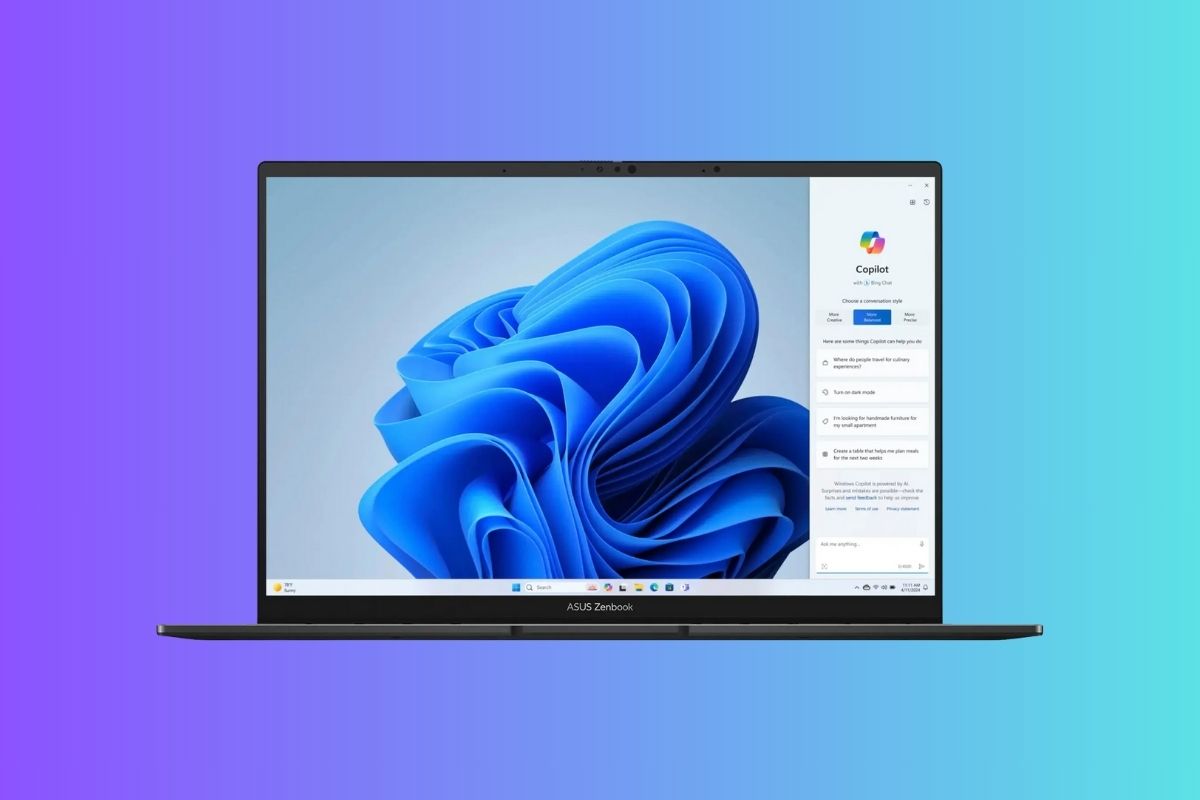
Asus
Asus Zenbook 14 OLED: The Asus Zenbook 14 OLED is a superb pick if you want a Windows laptop that’s versatile, portable, and not too expensive. It’s a relatively recent release in the Asus line, so even the older models are still decent. I personally like this model found on Best Buy, which has a recent Intel Core Ultra 7 processor, 16GB of RAM, and a 1TB SSD, currently priced at $850. See my review for more details.
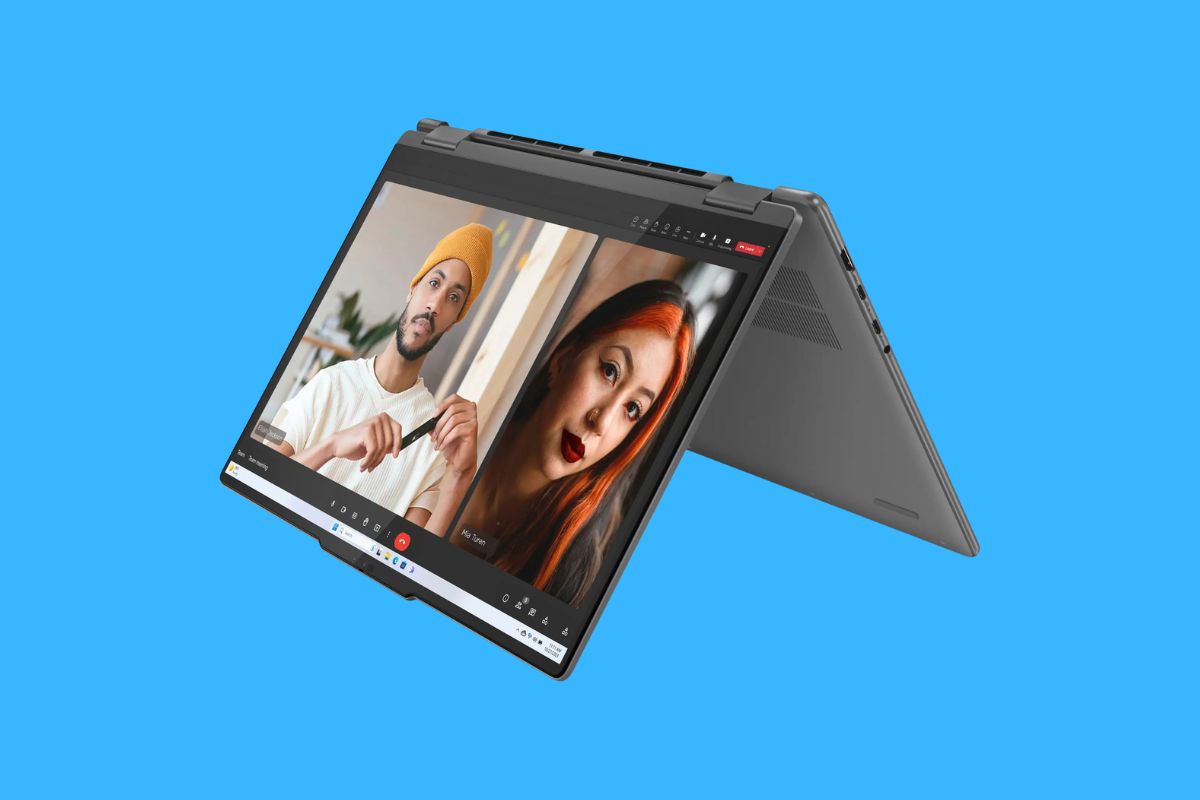
Lenovo
Lenovo Yoga 7i 2-in-1: If you want a laptop with a larger 16-inch display, consider the Lenovo Yoga 7 and Yoga 7i line. These 2-in-1 laptops are less portable than 14-inch machines yet still have good battery life. The more expensive models are speedy, too. Current pricing remains reasonable with AMD options starting around $650 and Intel around $1,050. Check out PCWorld’s review for more details.
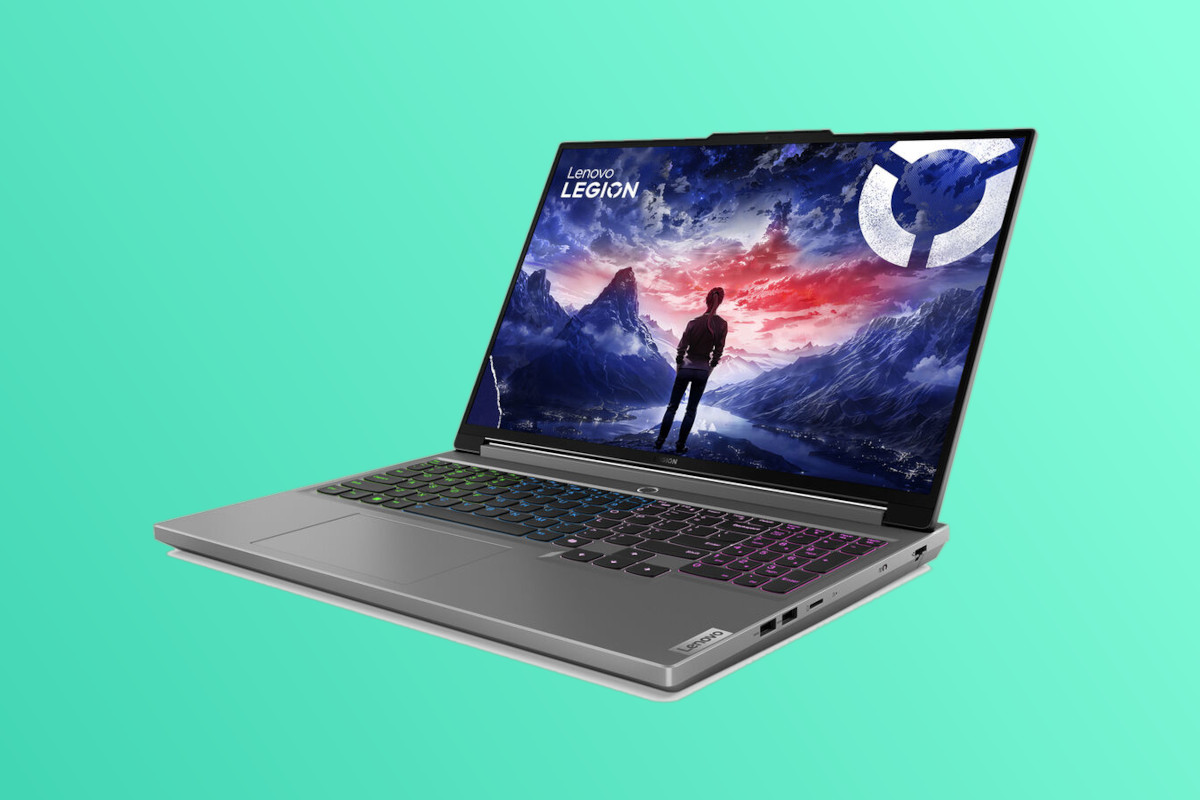
Lenovo
Lenovo Legion 5i: Gamers looking for a capable, yet reasonably-priced laptop should consider the Lenovo Legion 5i. Typically priced around $1,299, it offers a fast Intel CPU and Nvidia RTX 4060 graphics. Better still, its flavor of RTX 4060 is at the top of the range, and in some cases can beat more expensive laptops with an RTX 4070. Check out PCWorld’s review for more details.
Further reading: Everything you need to know about how US tariffs will disrupt the tech industry













